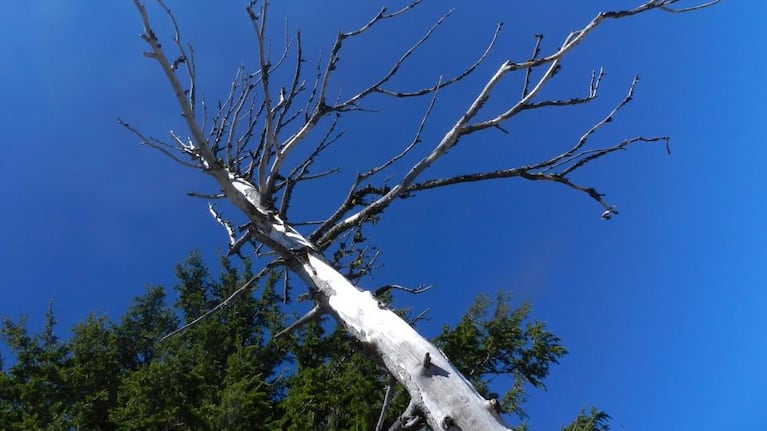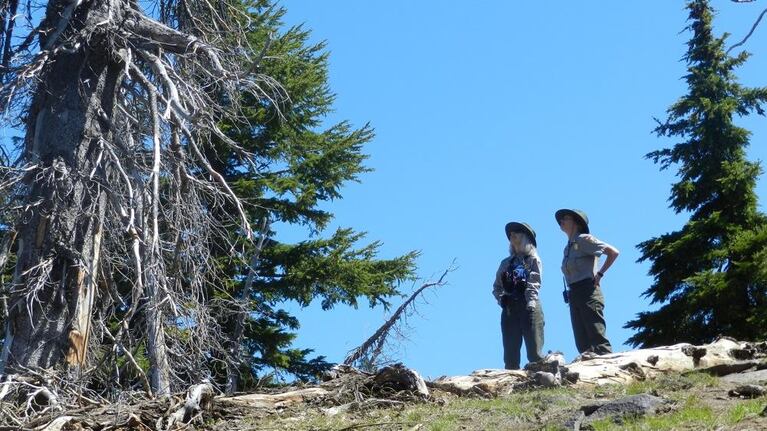
The study predicts new species may spread into subalpine regions.
Amelia Templeton
A new Oregon State University study that combined aerial tree surveys with climate modeling is predicting big changes in what trees are "native" to ecoregions like the Sierra Nevada and the Columbia Plateau.
The study, like many others, predicts that a warming climate will change the way trees compete with each other for light, land, and nutrients. Some species, like the douglas fir and ponderosa pine, could move in and colonize sub-alpine areas as the growing season gets longer at higher elevations. Increased drought in some regions and insect infestation in others will lead some tree species to disappear from parts of the landscape while new species become dominant. The study suggests that lodgepole pine and engelmann spruce in particular will decline in a warmer climate.
The authors identified particularly vulnerable species in each ecoregion in the Pacific Northwest. Check out the species by scrolling through the list below.


